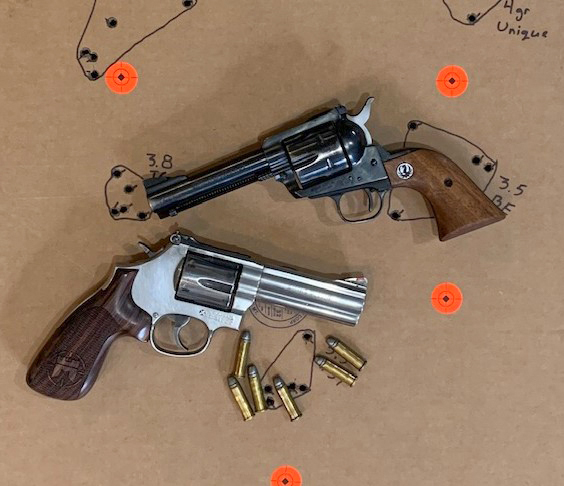
By Austin Knudsen
I love the .38 Special round. It’s the grandfather-with-a-flannel-coat-pocket-full-of-Werther’s-Originals of handgun cartridges. It’s also the first handgun cartridge I ever learned to reload.
When I was 18, I made my grandfather sit down and teach me how to reload .38s for my 8 3/8” barrel Smith and Wesson 686 .357 Magnum, as my dad had tired of me burning through the ammo cans of bulk reloaded .38 Special he sometimes bought at the local NAPA.
So began my love affair with this grand old cartridge. For many years, that 686 was the only big (as in, not a .22) handgun I owned, and for many years that gun never fired a .357 Magnum cartridge, but thousands of .38 Specials.
While certainly outshined by other calibers today, the .38 Special is still a serious self-defense caliber when loaded with modern hollow point ammunition (thousands of J-frame owners can’t be wrong). However, my favorite role for the .38 Special is in low-power target and plinking trainer for the .357 Magnum. With a .357 Magnum revolver, you actually have two guns. A .357 Magnum revolver that can also fire the slightly shorter but otherwise identically-dimensioned .38 Special…at greatly reduced recoil and expense.
This is especially so with lead bullets. With lead, the .38 Special is extremely economical to hand load and shoot, as the relatively low-powered target .38 Special load only requires a few grains of a given powder to propel a lead bullet from the barrel. That means lots of shooting per pound of powder.
Also, .38 Special cases can be fired almost ad infinitum, as the low pressure round is very easy on brass. I have .38 Special cases that have been sized and reloaded at least a dozen times, and I can only remember seeing one or two split .38 case mouths in my entire life. Finally, with the right bullet and powder combination, lead bullets in a .38 Special load can be amazingly accurate from a .357 Magnum revolver.
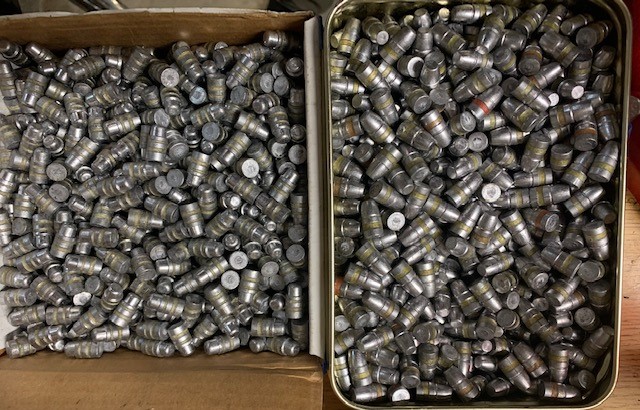
I recently acquired a large quantity of various sized and lubed lead cast bullets, including a whole mess of .358” (the nominal size for cast lead .38 Special and .357 Magnum) 158 grain bullets. I also recently learned that my 20+ year-old standby .38 Special handload of a 158 grain lead semi-wadcutter (LSWC) bullet and 4 grains of Unique wasn’t terribly accurate in some of my .357 Magnum revolvers. So, I decided it was time to test several new (to me) powders in .38 loads.
For this test, I used the above 158 grain lead flat nose (LFN) bullets, lubed and sized to .358”. These are a plain, flat-based bullet, as opposed to the usual store-bought, mass-produced, bevel-based 158 grain LSWC bullets available to most shooters. This tells me someone very likely hand-cast, sized and lubed these beauties.
I then selected five suitable powders to test with these bullets; Winchester 231, Hodgdon TiteGroup, Winchester WST, Alliant Bullseye, and my old standby, Alliant Unique. These are all relatively fast burn-rate pistol powders that provide quick pressure bumps for shorter barreled handgun calibers. All are suitable for .38 Special.
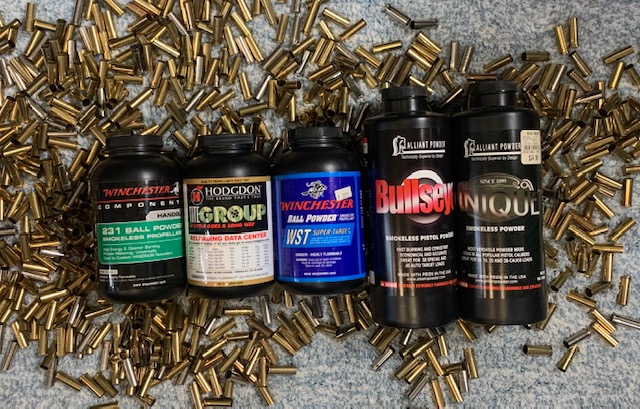
I used middle-of-the-road charge weights for each powder. For non-reloaders, this means I didn’t use the maximum load, but I didn’t use the minimum load either.
1) 3.5 grains of Winchester 231
2) 3.8 grains of TiteGroup
3) 3.5 grains of WST
4) 3.5 grains of Bullseye
5) 4 grains of Unique
For testing, I used two of my favorite .357 Magnum revolvers, a newer manufactured 4” barreled Smith & Wesson 686 and an older 4 5/8” barreled 3-screw Ruger Blackhawk.
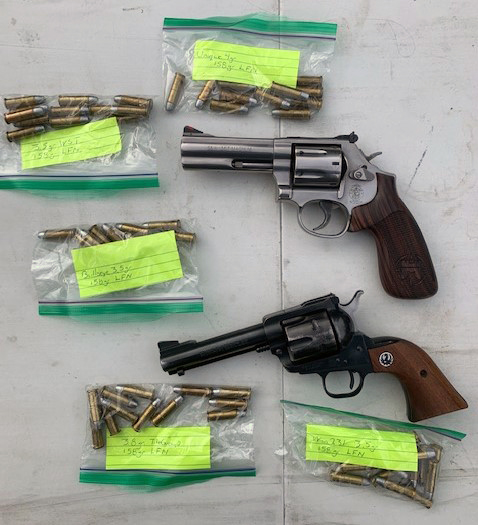
Each load was fired for groups in each revolver, 6 shots at 25 yards, seated shooting off of a bench and shooting bag.
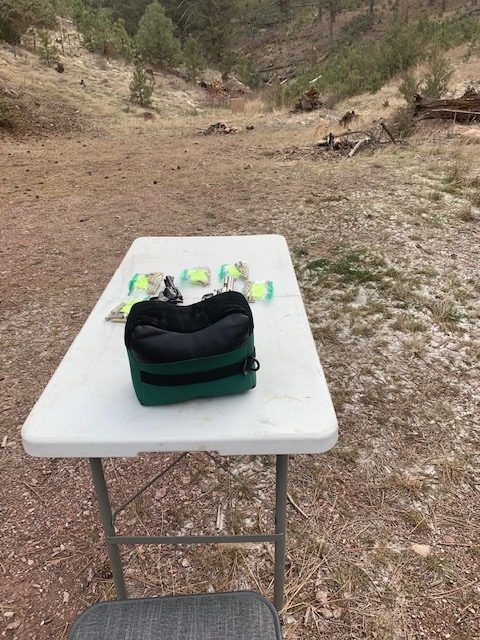
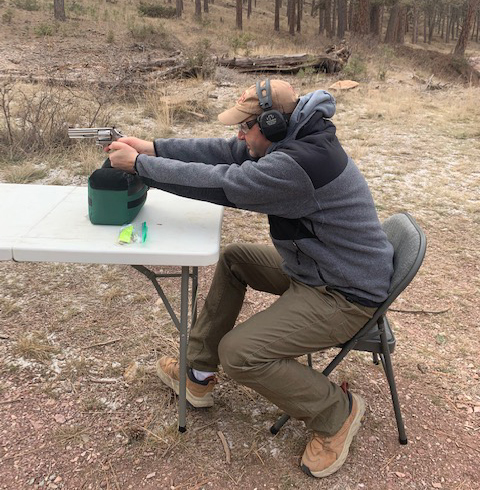
Nut Cuttin’
Some interesting results. First, the old Ruger definitely liked cast lead bullet .38 Special loads more than the newer-manufacture S&W 686. The 686 really only liked one of the lead bullet loads, while the Ruger shot well with three, almost four.
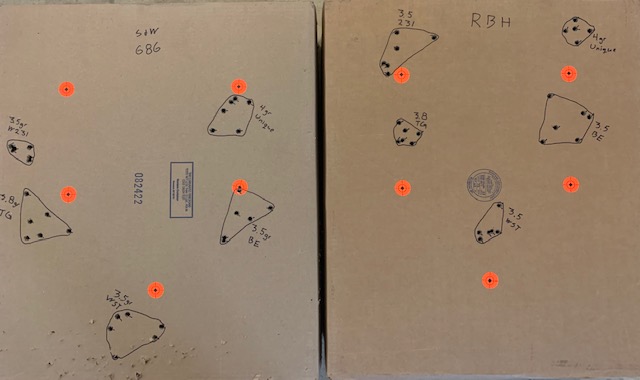
Four of the five loads in the Smith 686 put up 4+ inch groups at 25 yards.Those aren’t acceptable for this guy.However, there was one bright shining star from the stainless Smith — the load consisting of the 158 grain LFN bullet and 3.5 grains of Winchester 231.
This load put up an extremely pleasing 1½” group at 25 yards, with 3 shots nicely clustered. Of note: this load shot 6” low and left of point of aim, which was somewhat of an anomaly compared to the other loads.
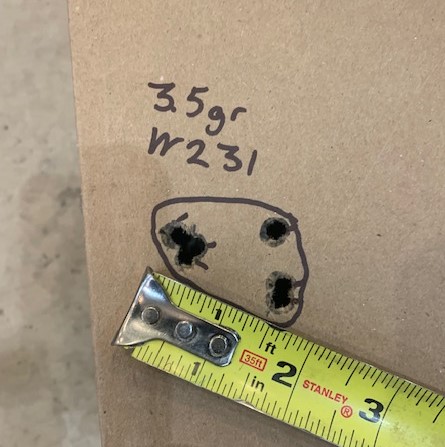
Out of the old model Ruger Blackhawk, the results were much more encouraging. Three of the loads fired quite well, and one of the others was on its way to greatness until spoiled by flyers.
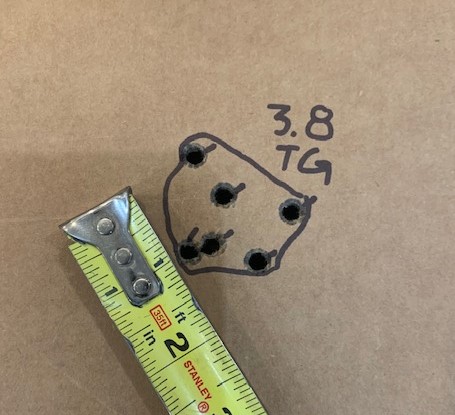
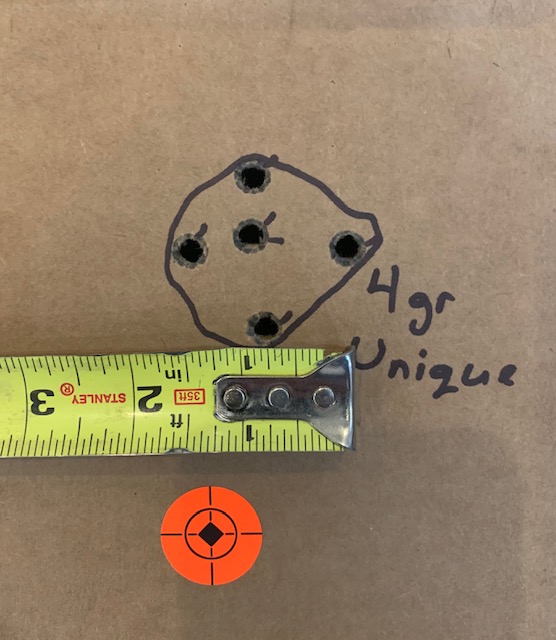
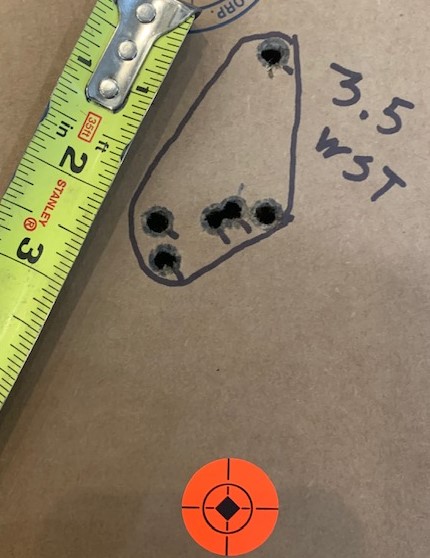
The Winchester 231 group out of the Blackhawk still perplexes me. Out of the six-shot group, 3 shots are nearly touching. But, the other three flyers aren’t even in the same zip code. One flyer is most likely my fault. Three flyers? Not so much.

At the end of the day, this test of five different powders for lead bullets in .38 Special left me scratching my head somewhat, but proves that you have to test your handloads in more than one firearm. What shoots great in one gun might not shoot worth a damn in the next.
Case in point: one of the best performing handloads in this test was the Winchester 231 load in the Smith & Wesson, which produced a beautiful 1 ½” group, with 3 shots nicely touching. That’s outstanding accuracy for a lead bullet load. However, as we see above, this load did not perform nearly as well in the old Ruger Blackhawk, even though this revolver generally favored lead bullet loads compared to the S&W. From the Blackhawk, this same load put up a maddening 3+” spread group, but with three shots nicely clustered. WTH?
As I said, the old Blackhawk showed me that, overall, it preferred lead bullets more than the newer Smith did. With the Blackhawk, I now know that TiteGroup, Unique, and WST are all suitable powders in a cast lead bullet load. For the Smith & Wesson, it’s clear that Winchester 231 is the powder of choice.
While I was hoping to find one powder that would work across both platforms with these bullets, it appears that isn’t meant to be. The takeaway here — test your loads. What works great in one gun may not work in another.
Closing Thoughts
The .38 Special is a versatile, affordable cartridge. Brass is plentiful, there are lots of powder choices, and if you have a .357 Magnum revolver, you also have a .38 Special revolver. A light lead .38 Special load is an excellent low-power, low-recoil — and low-expense — trainer for the hotter .357 Magnum.
Now that my kids are teenagers, we spend more time in the Montana mountains hunting, camping, dirt biking, etc. However, Montana has experienced a staggering increase in human/grizzly bear conflicts in recent years. Grizzly bears have dramatically increased in population in Montana after decades of federal protection, and they now have no fear of humans.
Montana is also seeing more two-legged predators due to a population swell and rampant illegal drug use. As such, my kids are all learning how to shoot handguns. Once they graduate from .22s, we step up to a .357 Magnum revolver, loaded with .38 Specials.You get all the feel and practice of the major caliber .357, without all the recoil and noise.Once they’ve mastered the .38, they will step up to the .357 Magnum.
And while the .357 Magnum certainly isn’t my first (or second or third) recommendation for a grizzly bear handgun caliber, it’s still one helluva cartridge. With the proper bullet and load, it will take any critter in North America. Just ask Lt. Colonel Douglas Wesson, of Smith & Wesson who, upon the cartridge’s introduction in 1935, proceeded to do exactly that.
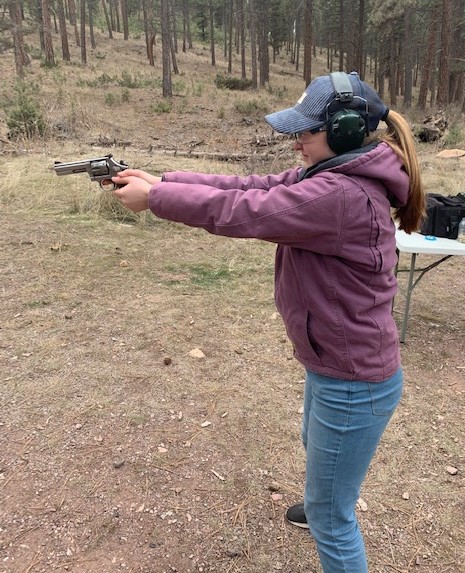
For pure fun, the .38 Special is still tops for me. It’s a great cartridge that, with lead bullets and the right powder selection, can be stupidly accurate and silly fun to shoot. Just ask my 13-year-old daughter and 15-year-old son.
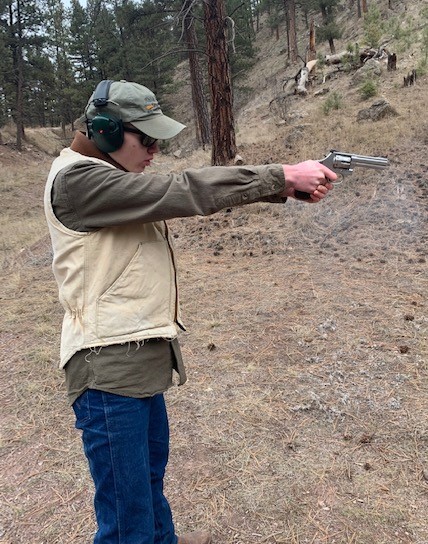
Austin Knudsen is the Attorney General of Montana.
